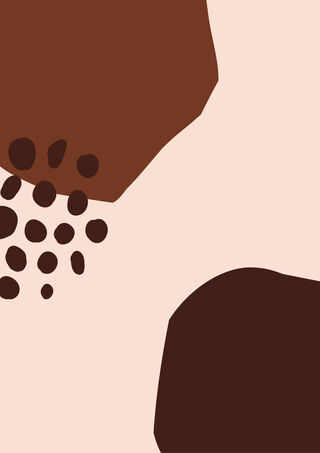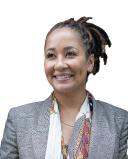Friends
How to Help Your AAPI Friends Right Now
What does it mean to be an ally? When is allyship performative?
Posted March 26, 2021 Reviewed by Devon Frye

This is the first time in my awareness that people in positions of power are actively speaking against hate directed at Asian American and Pacific Islander (AAPI) communities.
It is in many ways far too late. So many lives have been lost, and too many spirits of AAPI’s attacked.
And there is so much to be done. We have many spirits to uplift, rebuild and protect.
At times like these, when hashtags go viral and people are hurting, optical allyship begins to surface.
Optical allyship (also known as performative allyship or ally theater) is defined by author and anti-racism educator Layla Saad as “allyship that only serves at the surface level to platform the ‘ally’; it makes a statement but doesn’t go beneath the surface and is not aimed at breaking away from the systems of power that oppress.”
There is a lot of this kind of "support" when traumatic events make the news. Examples include:
- "I can't believe what happened. I wanted to check on you. Are you ok?" Texts and calls to check on BIPOC. The moment a racial incident shows up in the news feeds, BIPOC individuals are often triggered and others checking on them may mean very little. Thanks? No, I am not fine. What are you going to do about that? Now I know you are aware. Great. Do something.
- Organizational statements through email to constituents or clients or Instagram and Facebook posts to ensure people know you are considering an experience, without actually changing policies practices or stating how things in your immediate control will change.
- Taking up space in meetings, events, and discussions to prove one is aware of the issue; publically demonstrating how devastated one is by pain that a BIPOC group is facing.
- Sending resources only to people of color, regardless of their background, instead of sending them to everyone,
Performative allyship often comes down to self-awareness, and it’s easy to point out even though it is difficult to describe. But in many cases, BIPOC individuals can see it or feel it.
For me personally, the most meaningful moments are when people in my life take action in moments I did not expect it or think of it.
To be an ally is to be in practice. Speaking up when the issues are not in the news feeds, when hashtags are not trending, in moments that it does not actually benefit someone's image or platform, or in ways that people are not expecting, tends to be what makes the most difference.
Some BIPOC individuals feel that because they are so used to a white-dominant culture, they grow up unaware of the micro- or macro-aggressions—the slights that are not always so slight. Some begin a journey of awareness and hold onto these moments, not realizing these are stored in the body and will resurface later, somewhere, somehow.
Witnessing the meaningful actions of allies can help to release this storage. BIPOC individuals and communities get a small chance to declutter the space.
Personally, when a white family member of mine took action by cutting off contact with another close family member due to his racism, I was struck. "Wow," I thought. "She didn’t have to do that." She chose to—and she didn’t tell me about it.
Another time, a colleague from a writing class wrote an email to the Association of Play Therapy, stating his disappointment for their lack of action after the 2020 murder of George Floyd. "How can you ignore the experiences of Black and Brown people your therapists serve?" He told a story of a little Black girl he helped who had received poor therapeutic treatment from the play therapist who referred the Black child to him. He was talking about her, but it felt like he was also talking about me, another Black girl he was attempting to help. He didn’t even know me. Another time I wept. And healed.
Most recently, my white aunt participated in a Sacred Ground racial study group with her church. I received a link one random morning, from my white mother. I clicked into it expecting to get back to the rest of the emails after catching a snippet of my aunt.
In the video, she recounted her past pride in her ancestry, only to now reckon with the pain and harm her ancestry, our ancestry held. It was a moment I did not expect. A moment I couldn’t have asked for. It hit me, hard, in the gut, and I was in sobbing tears at breakfast. It was healing I didn’t know I needed.
These white folx in my life cannot change white supremacy and cannot remove a dominant culture that does not value my existence in the way it does theirs. But their meaningful actions on my behalf were more impactful than check-ins and posts.
References
Asian American and Pacific Islander Undoing Racism Collective For AAPI's only- virtual space to talk and learn


